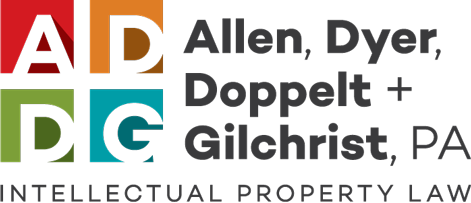As part of the life of a patent case, the Court is often asked to define disputed claim terms, known as the claim construction rulings or Markman Decision. Once the parties know how the court will interpret the disputed claim terms, they can more reasonably assess the strengths and weaknesses of their infringement and invalidity positions. Ideally, the claims are construed before substantial fact and expert discovery has occurred, but the parties will incur meaningful fees and expert costs prior to the rulings.




